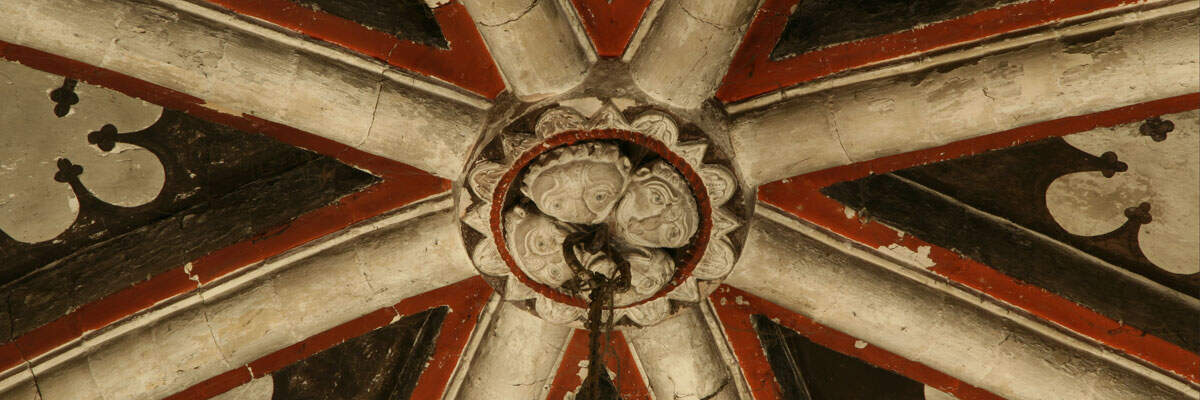Cudworth is a village and parish in the South Somerset district, 5 miles NE of Chard. Its territorial extent is greater than one might expect of a parish with an electoral roll of only thirteen, extending up a steep slope southwards to the main A30 trunk road (much more important formerly before being eclipsed by the A303 N of Ilminster) and down a gentler slope northwards towards Dowlish Wake and the local ecclesiastical centre of Ilminster (where, although nothing now remains of any original Saxon minster church, a very fine Perpendicular edifice proclaims high status). In the current Ilminster & District Ministry there are seventeen churches. Despite being only a little over a kilometre away from what is still a busy main road despite demotion, the site of the church seems relatively remote; that road, of course, cannot be seen or heard, given the topography and vegetation. Geologically, the church (at 120m OD above sea level) lies on the locally abundant Head below the Windwhistle Ridge composed of Greensand and Chalk topped with Clay-with-Flints. The slopes to the N consist of various forms of Lias, which underlie the church. Historically, there are remains of a deserted medieval settlement immediately to the S and SW of the church: these include a moat and fish ponds; there is a local tradition of a former monastery.
The church is 12thc in origin, with a N doorway and one small window surviving in the fabric of that period (in the E wall of the N aisle, photographed but not described as a feature). Otherwise the nave and chancel are 13thc with 14thc and 15thc modifications. Construction is of local lias rubble with hamstone ashlar dressings. The church has a 3-cell plan of 2-bay chancel, 3-bay nave and N aisle, and no tower. The N aisle of the church, with its altar and fine E window recess (recalling the design of an original Romanesque apse), is used as the Lady Chapel; once a year Holy Communion is celebrated on the patron saint’s day (September 29th). Apparently, if the weather allows, the light of the rising sun shines through the tiny window ― nicely suggesting an original alignment of at least this part of the church according to a definition of east by reference to the dedicatee.



